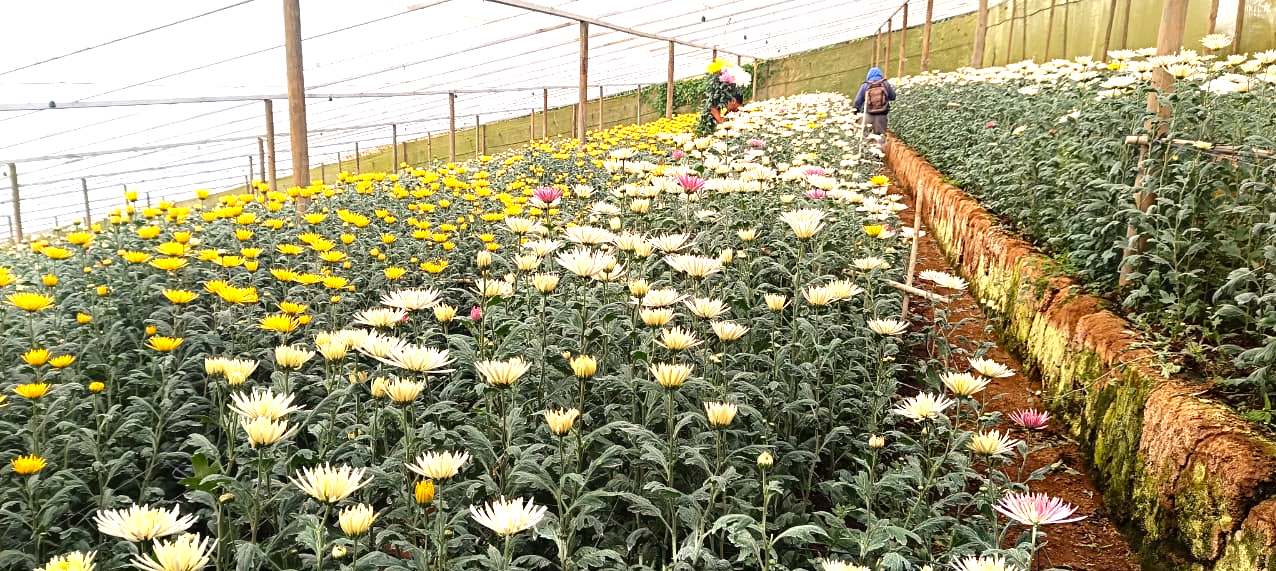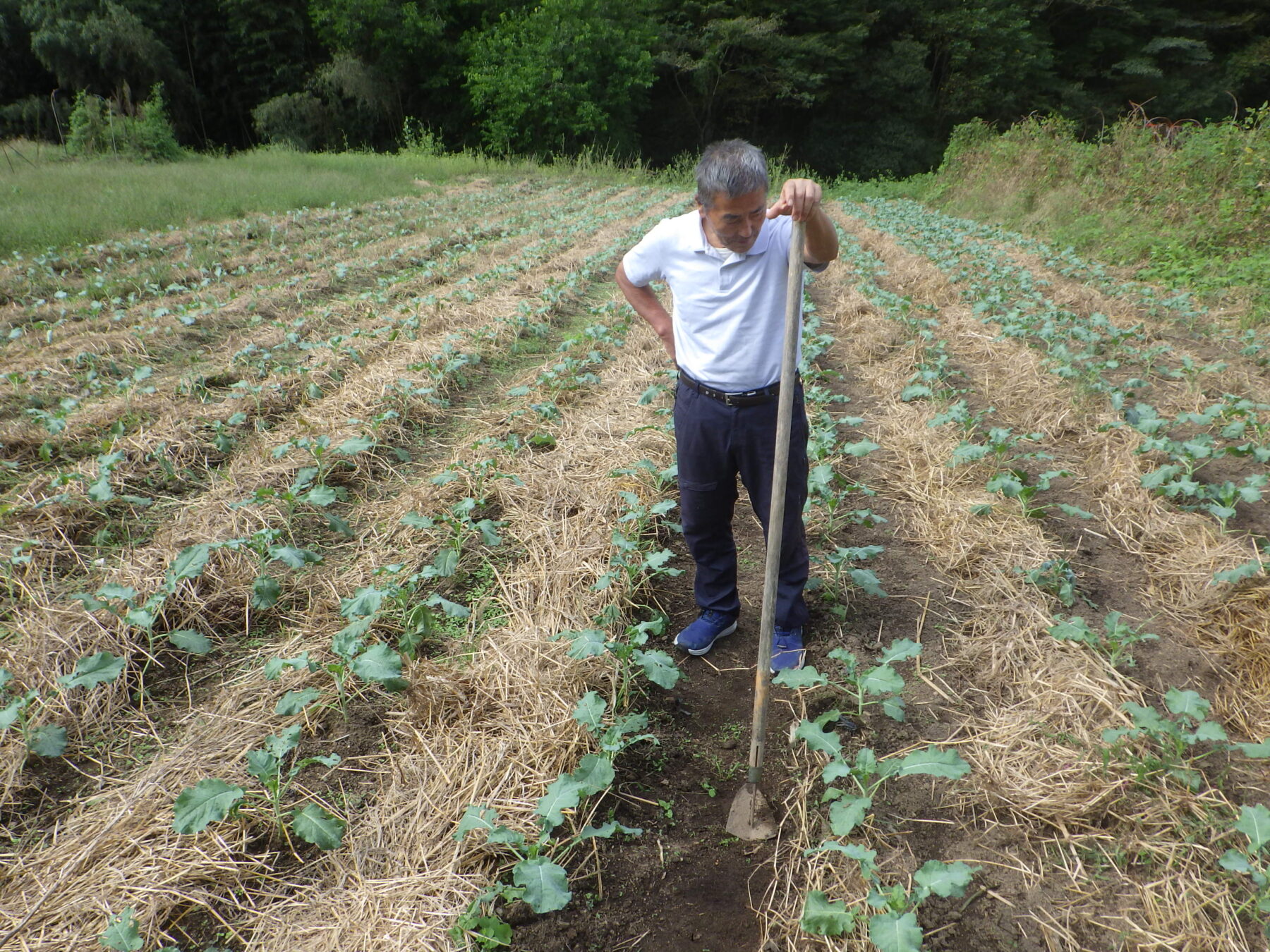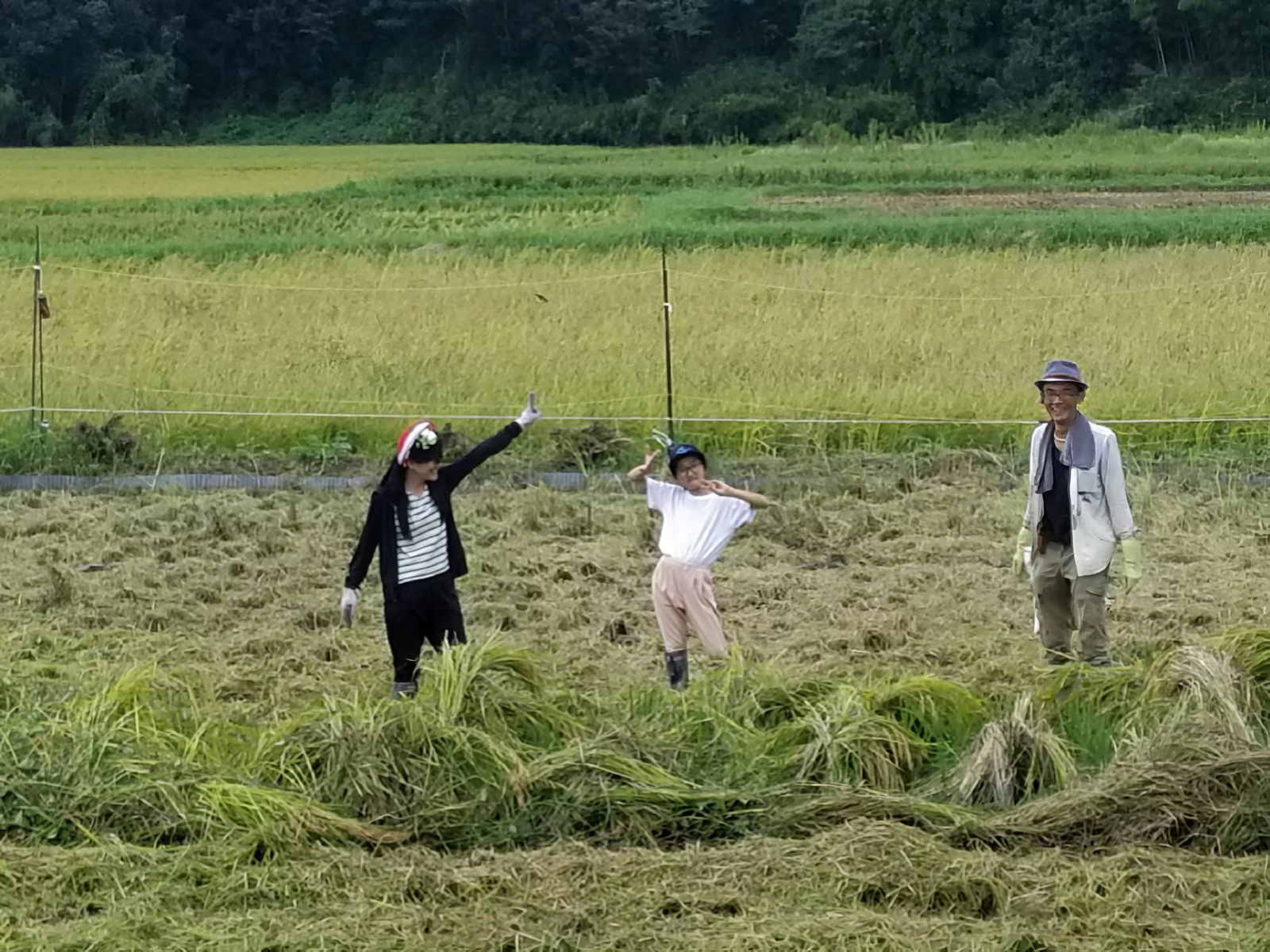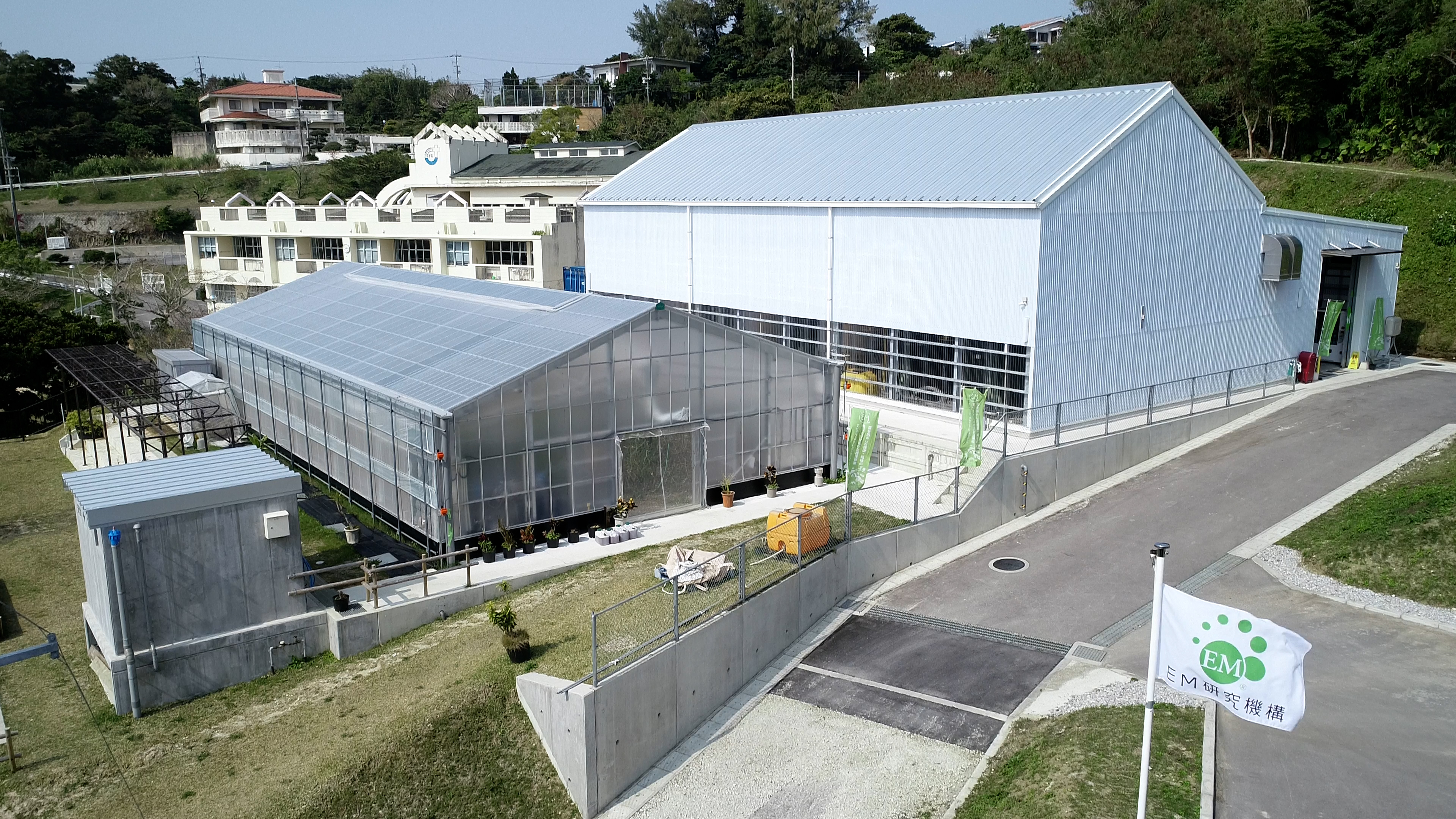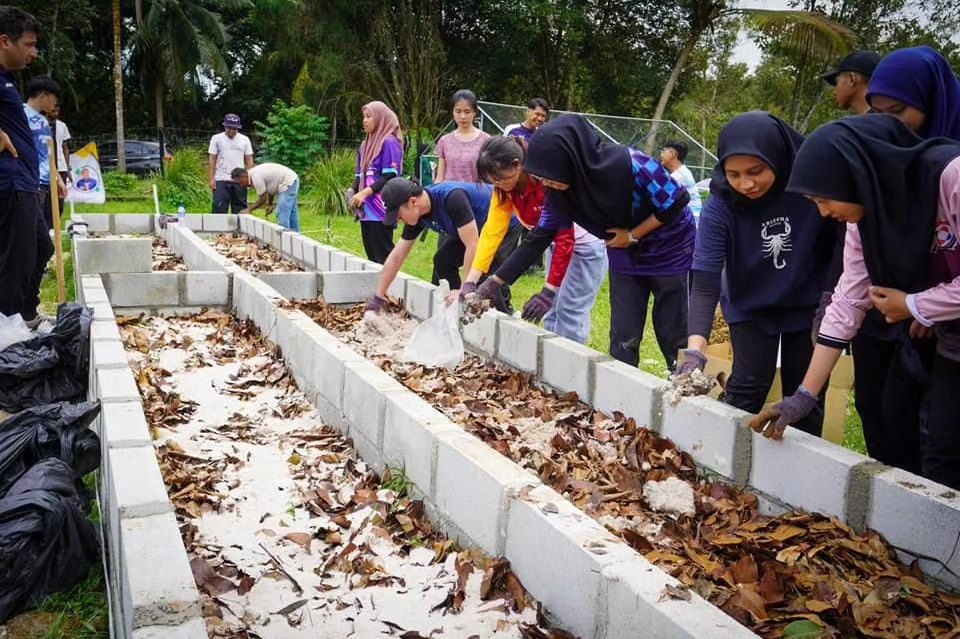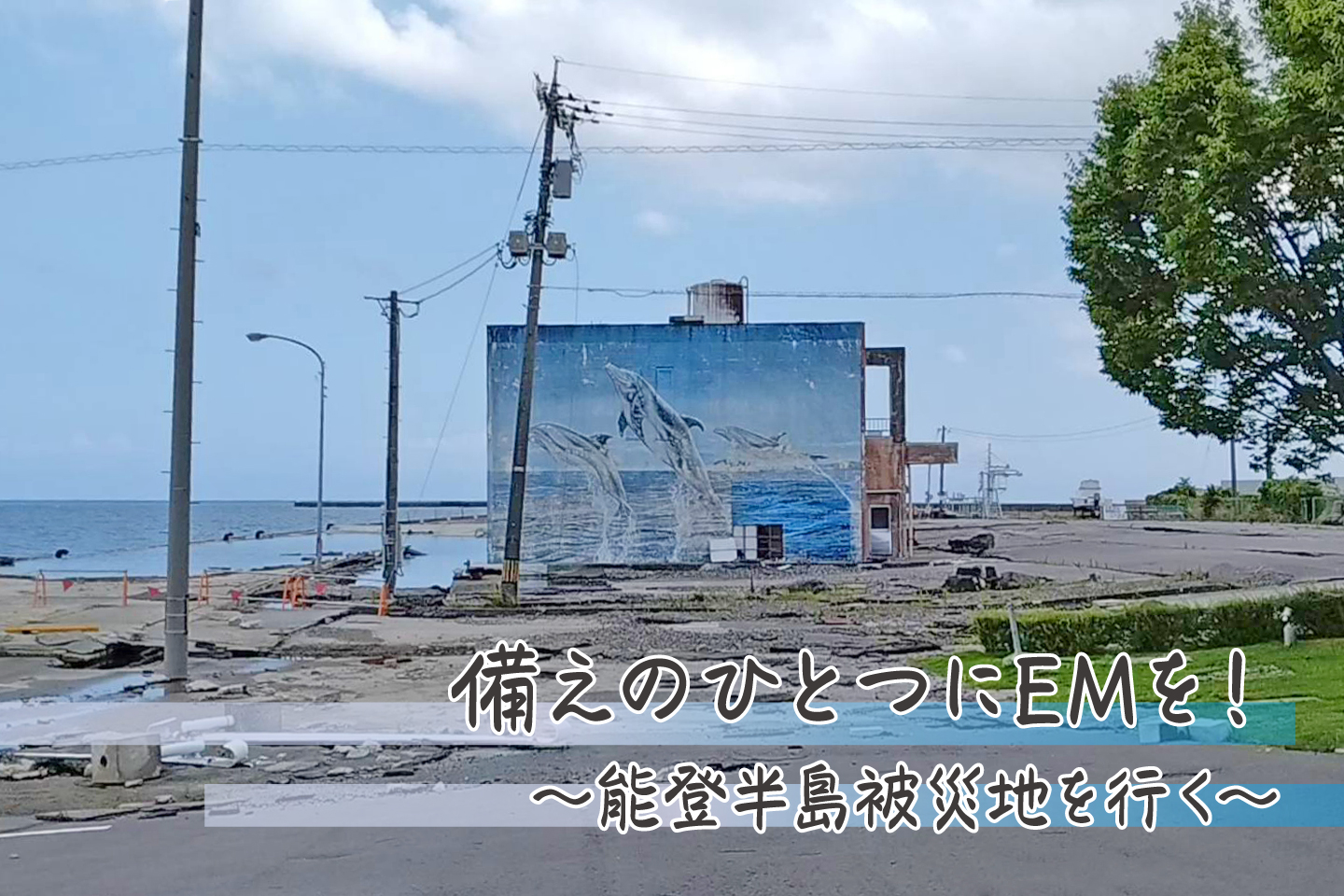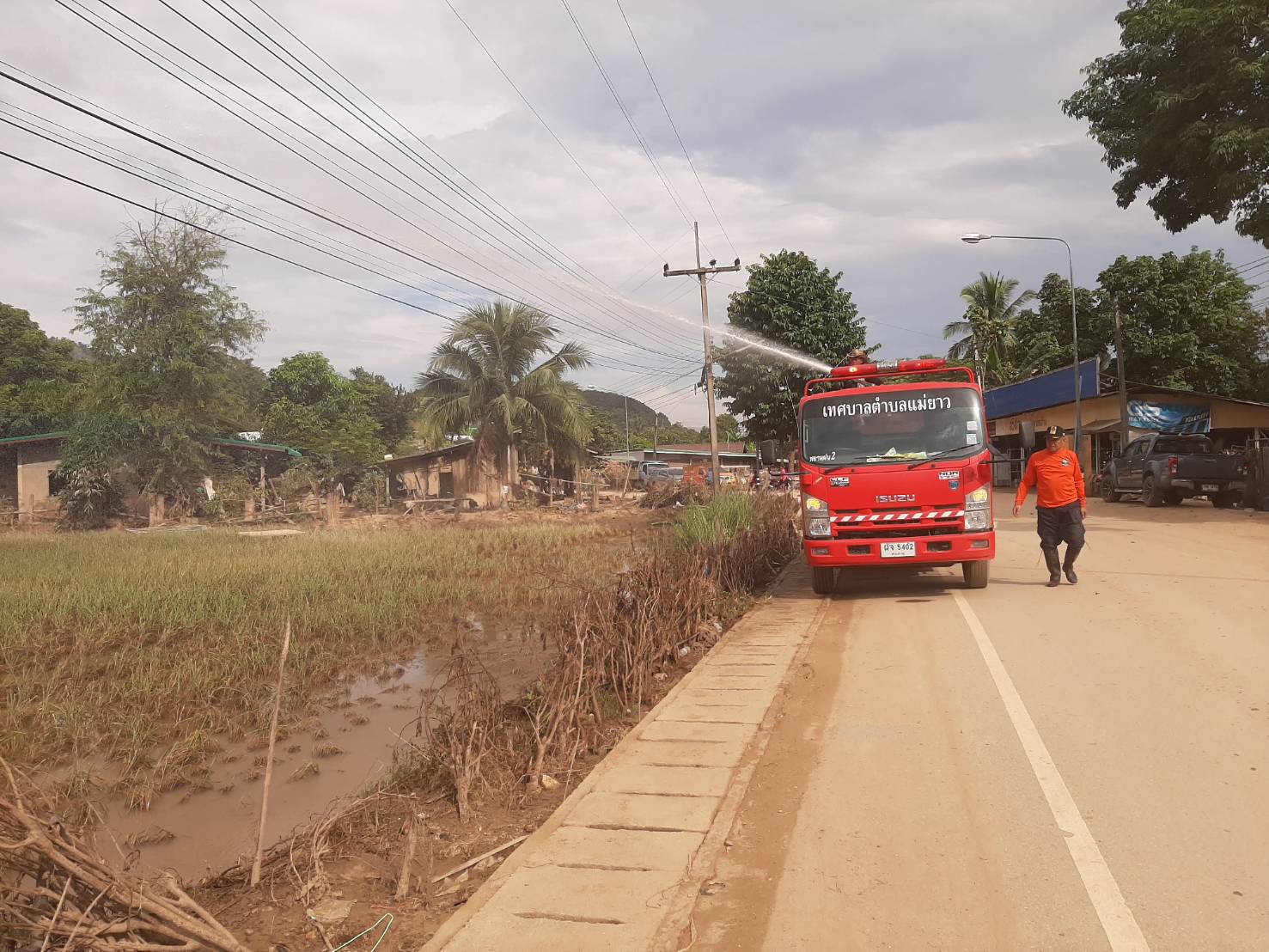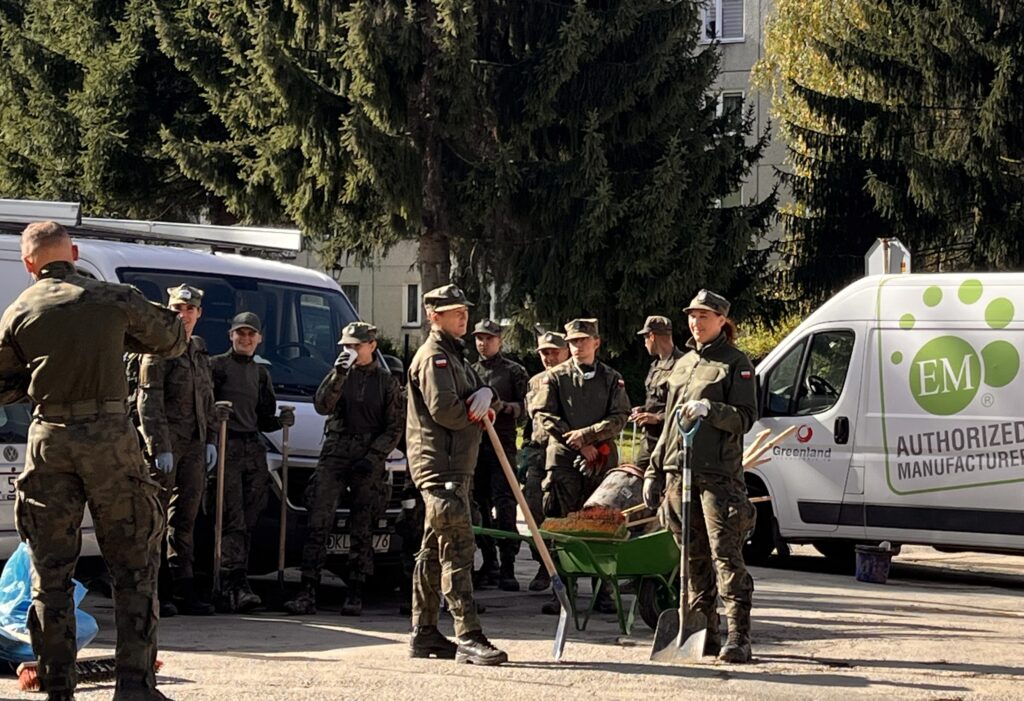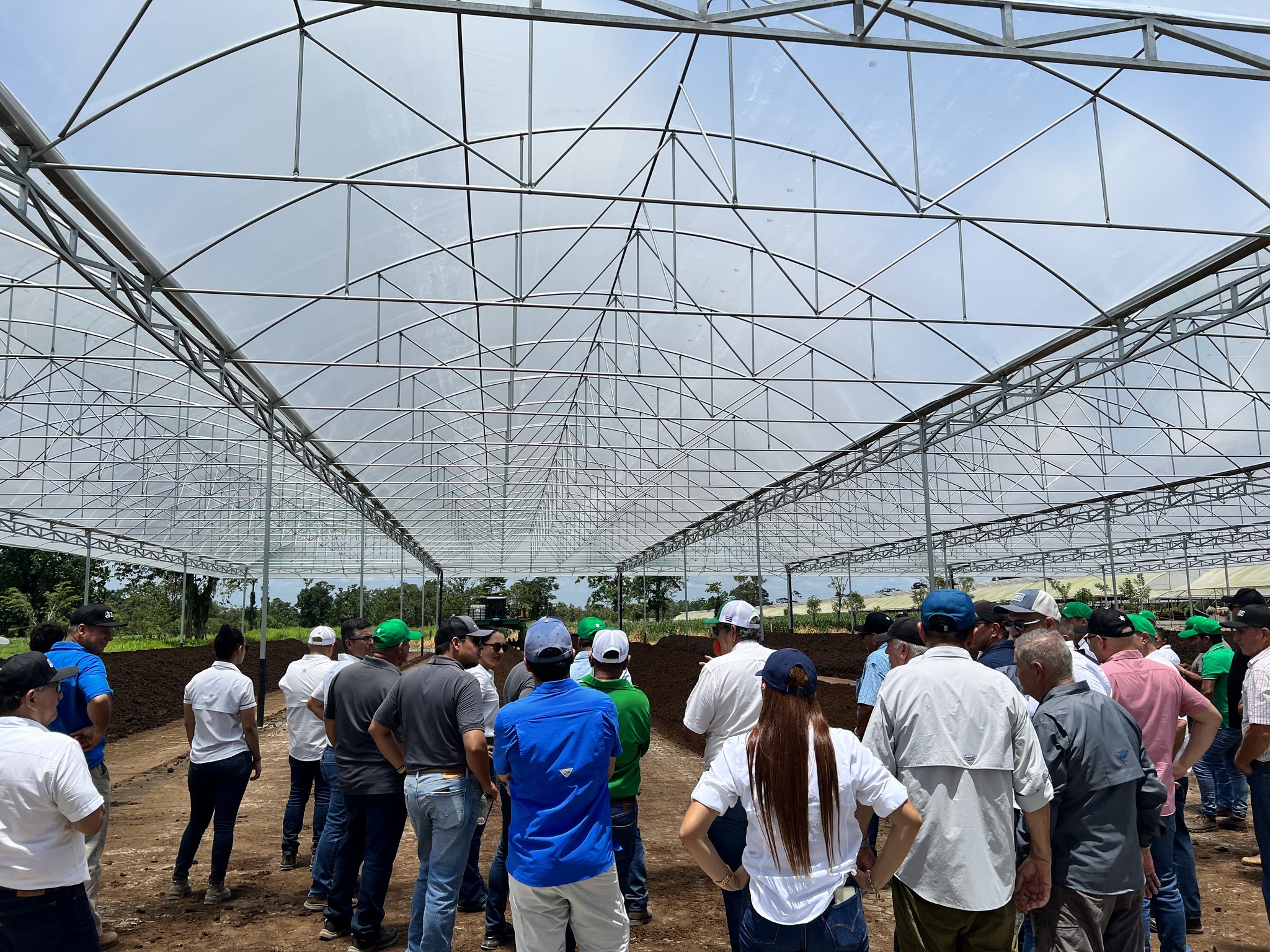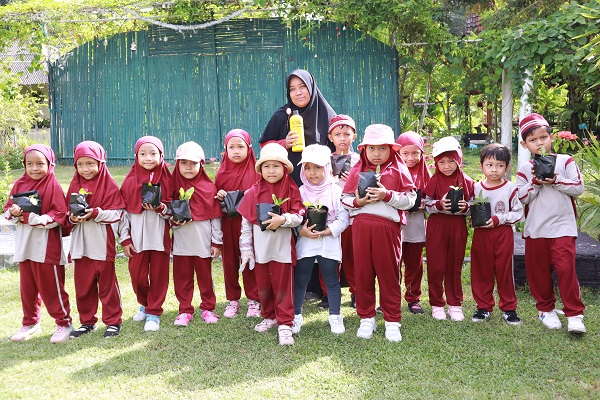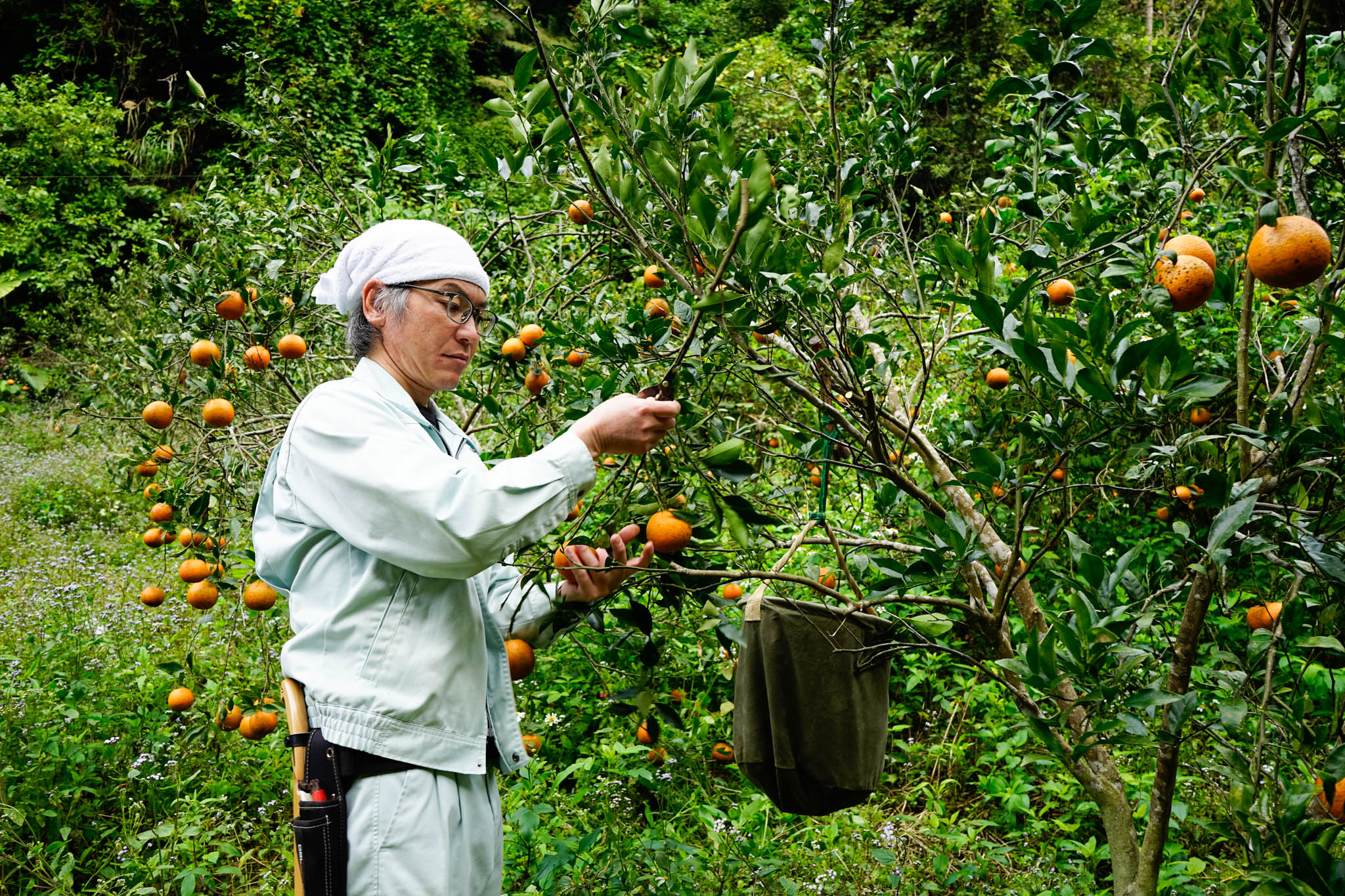Case Studies
Dream expanded by EM and by the friendship brought by the Great East Japan Earthquake
Fukushima, Japan
EM Farmer in Fukushima
Overview
Mr. Kazuyuki Sato, the representative of the Fukushima EM Club, is a former Co-op employee. He was in charge of preparing deli foods, and always wanted to cook tasty dishes using organic vegetables. He met EM and studied the basics of EM technology.
After retiring, he decided to start his own farming business and enrolled in a two-year college to major in agriculture. After graduating, Mr. Sato and 20 fellows rented a 6ha plot of wasteland and launched their own farm, where they grew various vegetables, applying Activated EM・1 , EM Bokashi and EM Compost. They were amazed by the results brought by EM Technology.
The business grew bigger and they were able to harvest a large number of vegetables, so they tried to sell them at the produce corner of Co-op market where Mr. Sato used to work. Their vegetables sold well and many customers commented the great tastes and flavors of EM vegetables.
Meanwhile, they were asked by Fukushima city if they could provide potatoes for school lunches. They accepted the offer and the harvest was so bountiful that there were so many more potatoes after delivering to the kitchen.
So, Mr. Sato organized a potato digging event for the children at the kindergartens in the area, which about 100 children attended. (See the picture at the top)
The Great East Japan Earthquake and Nuclear Accident
The Great East Japan Earthquake struck just when Mr. Sato’s farming business was starting to take off. Immediately after the earthquake, the radiation levels were high in the eastern part of Fukushima City, so the access to farmland was restricted under the regulations of the agricultural cooperative.
At that time, volunteers from Yamagata prefecture provided them with a large amount of EM Bokashi as a countermeasure against radioactive contamination. Mr. Nishibuchi and Mr. Okumoto from EM Research Organization also provided Activated EM・1 and help to spray it throughout the farmland.
In autumn that year, Mr. Sato thanked the chairman of the Yamagata EM group and organized a get-together event with 20 friends and 10 local volunteers to deepen the bonds of friendshipand, and cooked "imoni" (taro potato stew, a Yamagata specialty) with the vegetables harvested from their farm.
Thanks to EM, Mr. Sato and his partners were able to harvest vegetables with no detectable radiation, just the same as before the nuclear accident. However, no one wanted to eat their vegetables. Sadly, many members decided to quit the business, because people did not want to eat vegetables from Fukushima any more.

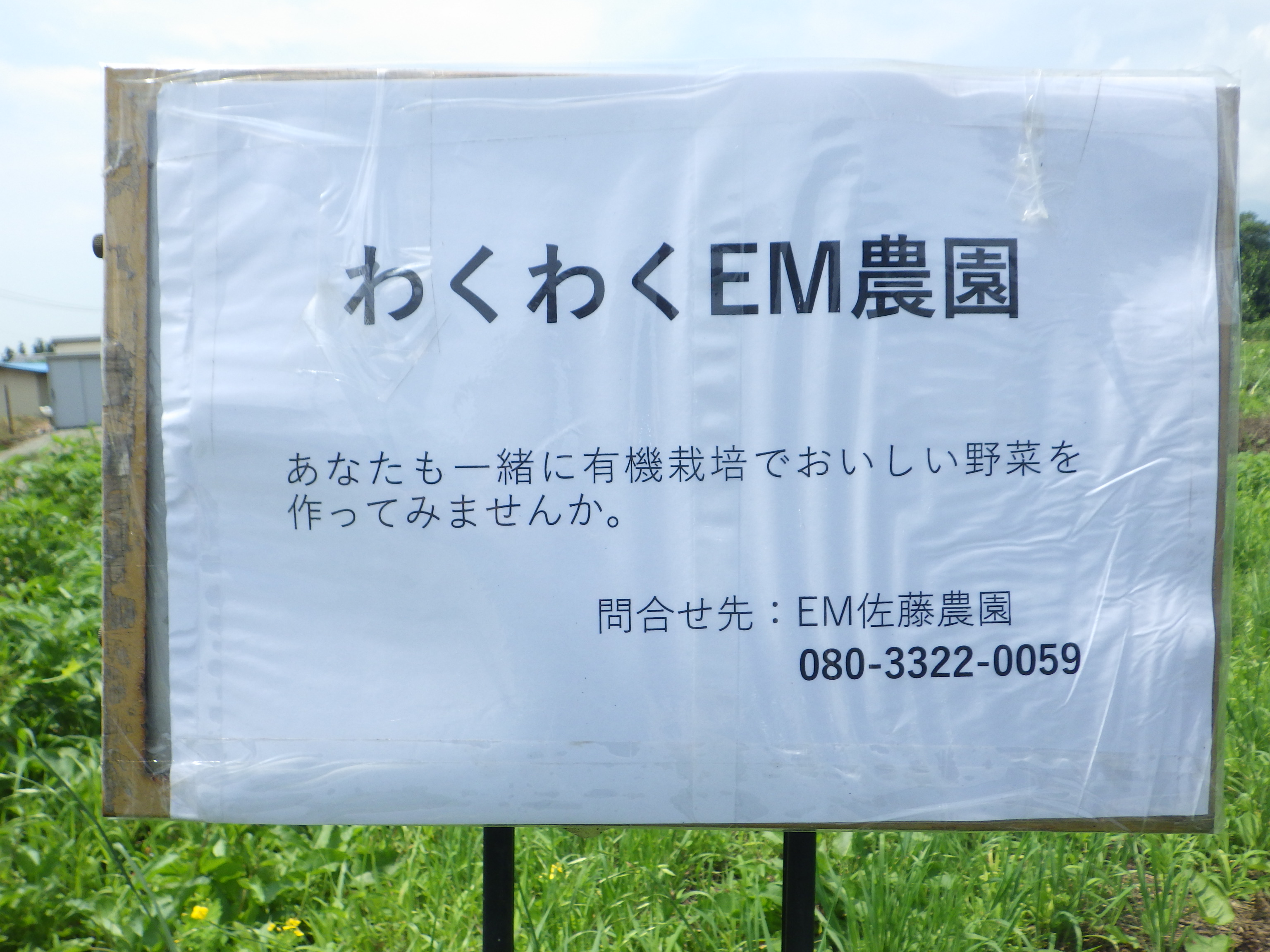
EM Effects and Results
EM Technology helped farmers to harvest vegetables with no detectable radiation.
Mr. Sato continued growing vegetables and his customers were happy with their delicious vegetables. Little by little, Mr. Sato regained his confidence.
In his “Waku Waku (exciting) EM Farm”, he grows cucumbers, crown daisy (shungiku), zucchini, leeks, pumpkins, cabbages, etc. Mr. Sato joined a group called "Sakura Farmers" that sells EM vegetables and fruits at farmer's markets in many different places throughout Japan.
Mr. Sato’s dream is to build a utopia with his friends in a region called “Ryozen” in the northern part of Fukushima. Buddhism monks used to train themselves in this area in ancient times, but it has now become depopulated with aging population.
In order to realize his dream, Mr. Sato participated a workshop "Educating new leaders to create happy communities" by NPO Ryozen Satoyama Gakko. Today, he is promoting organic farming applying EM technology and hopes to renovate old scattered houses around the area to attract immigrants from inside and outside of Fukushima.
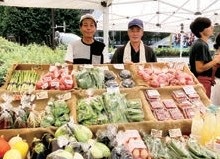
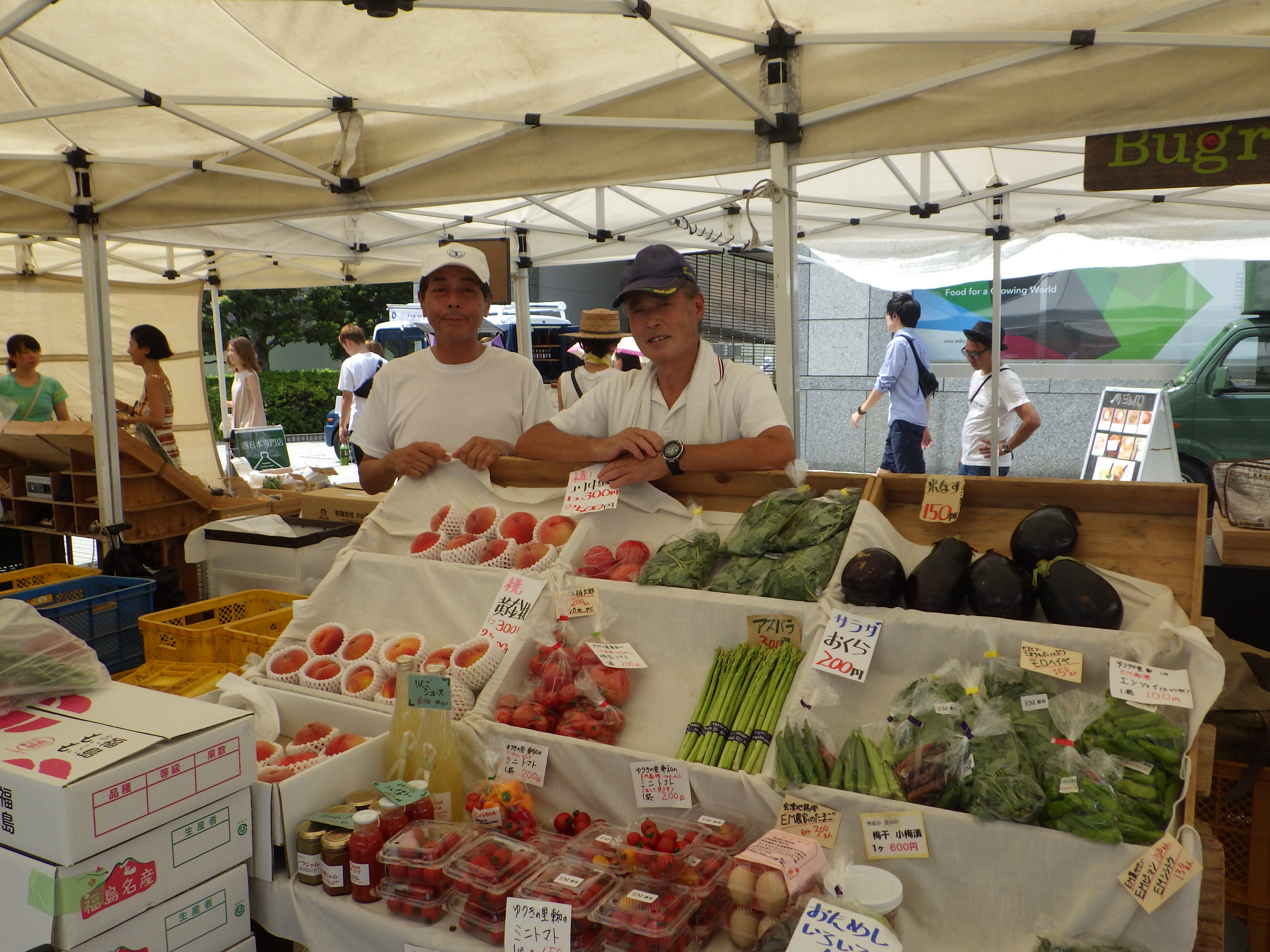
(Updated in July, 2021)
